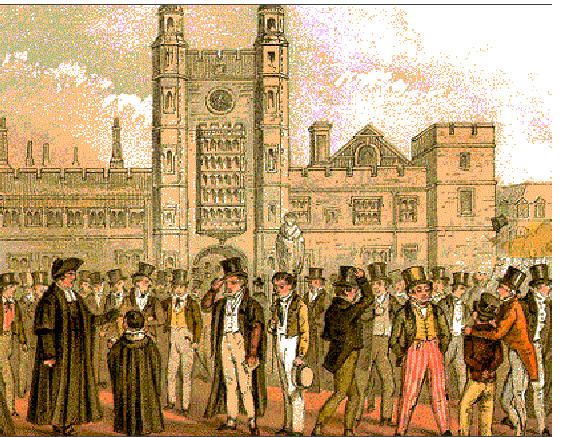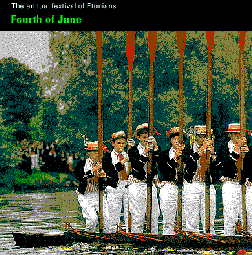About 6 % of British children attend independent schools. These schools must be registered and are subject to official inspection. They charge fees (e.g. £ 4,000 a term for senior boarding pupils), but usually offer scholarships and free places for pupils from less well-off families.
 |
Preparatory Schools (Prep Schools) These schools are for children aged 7 to 13, although many of them maintain pre-preparatory departments for younger children. They provide education that "prepares" the future Public School boy for the Common Entrance Examination which is the same for all Public Schools. see here for a preparatory school |
 |
Public Schools The largest and most important of the independent schools are the Public Schools (13-18 years). The word "public" derives from the fact that originally students from all over the country could enter the school and not just from the immediate neighbourhood. Most of them are boys` schools, but today some of them also accept girls as Sixth-Formers (see here for a girl public scholl). Public Schools are long established and have made a notable contribution to English education. Some of the most famous are Westminster (1382), Winchester (1382), Eton (1440), Rugby (1557) and Harrow (1571). Public School education aims at developing the personal and social qualities of the pupils as well as their intellectual faculties. |
Public School ideals and values:
|
 |
| Home | ||
| State Education | Special Features of British School Life | Educational Problems in Britain |